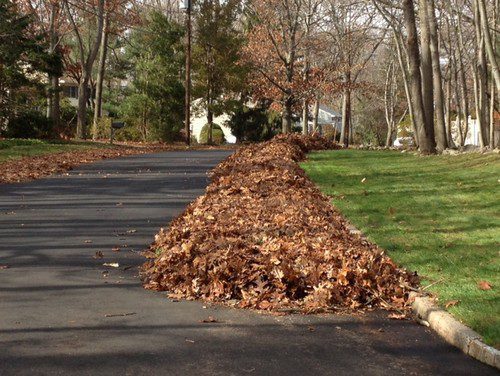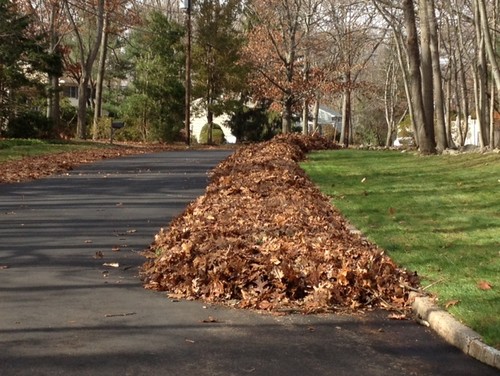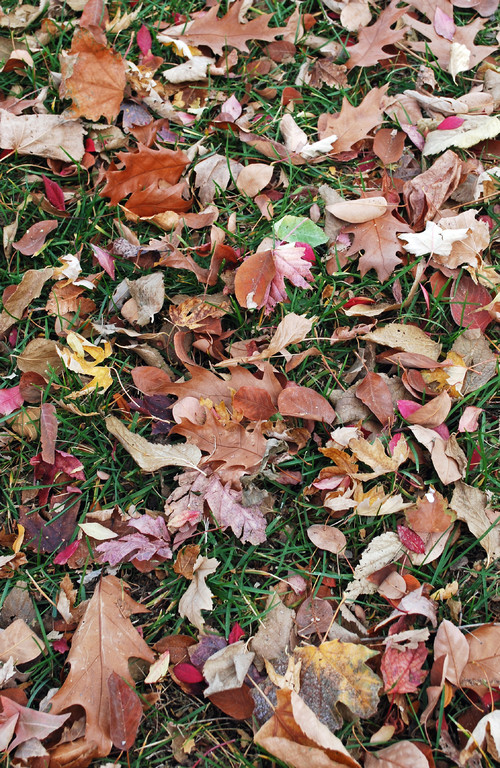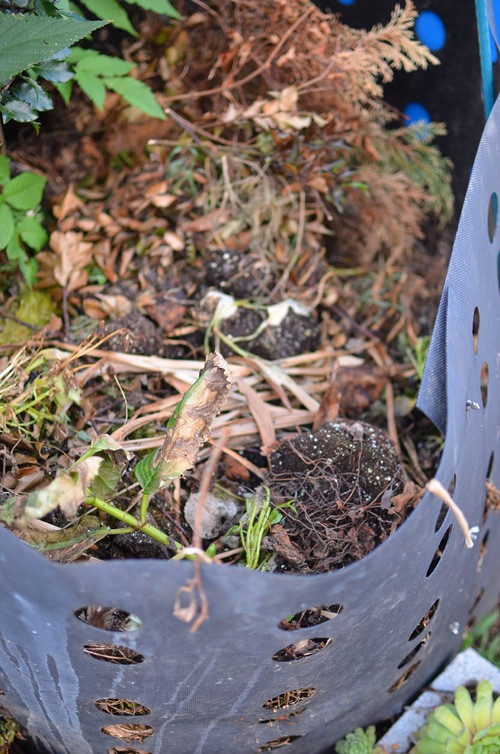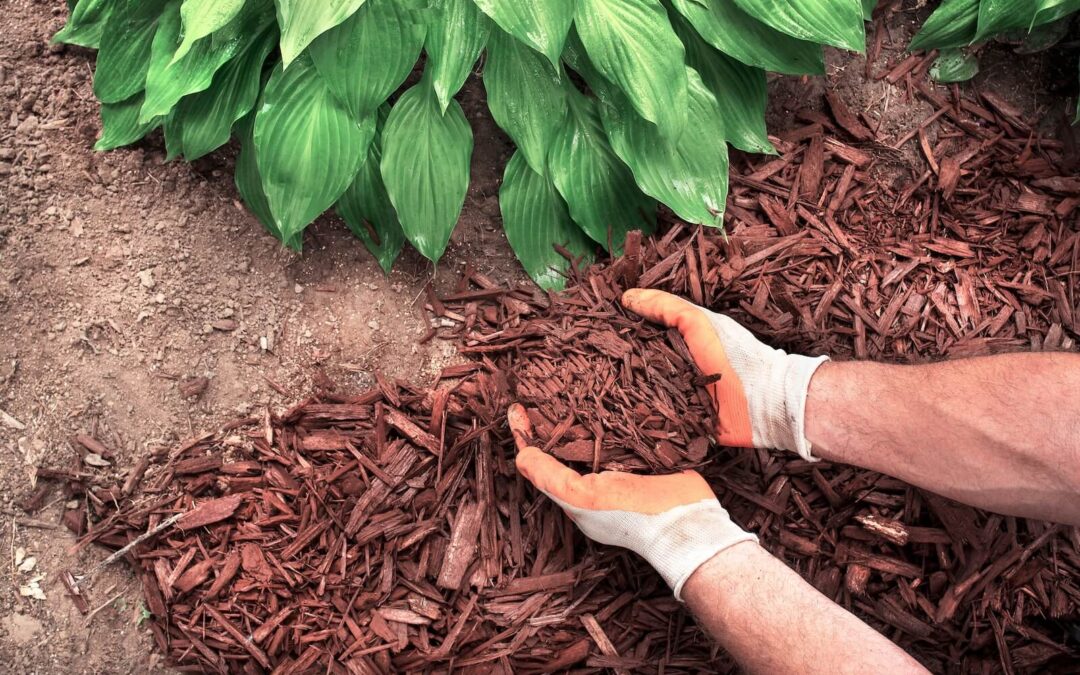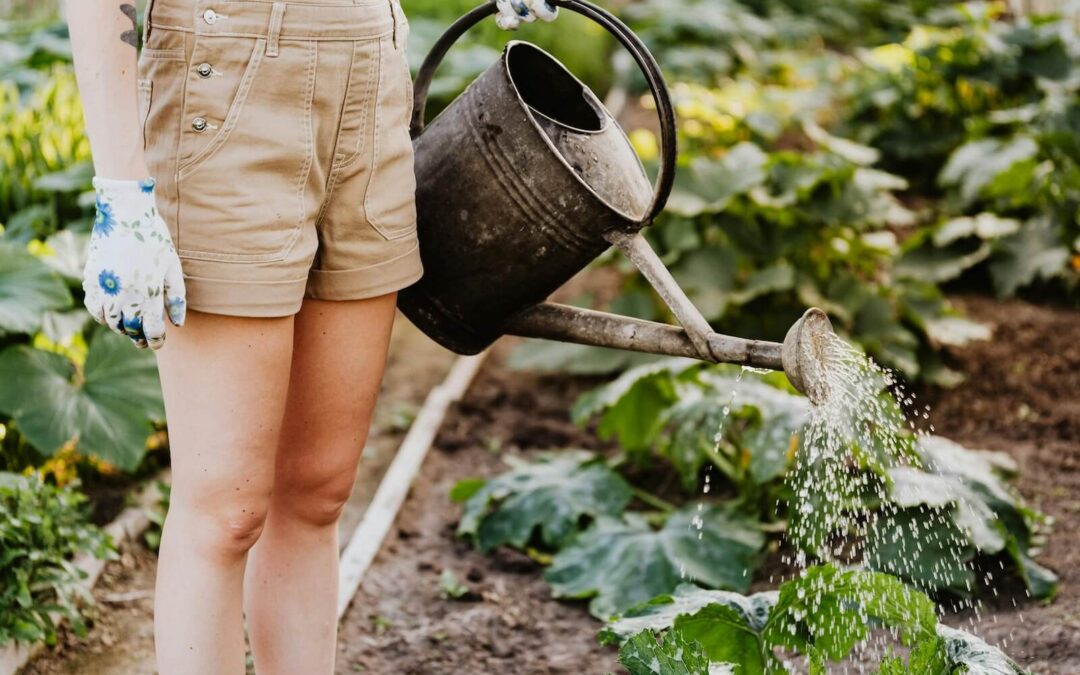Colorful fall foliage is one of autumn’s most celebrated features. However, once those leaves fall, homeowners don’t always feel like celebrating. The first Saturday afternoon spent raking may be fun, but the third or fourth — not so much. Here at Lifescape, we like to keep our focus on the bright side, so we’re sharing a handful of ways you can take advantage of those fallen fall leaves for your Colorado landscape.
Know their value. Incorporating leaves into your lawn and garden increases the nutrient levels in your soil. Mulched leaves will also boost the soil’s microbial population, which is beneficial for both the soil and your plants’ root systems. Water retention is improved by leaf mulch, which is vital in our dry climate. Decomposed leaves also improve the tilth, or structure of the soil.
Get access to a mulching mower. If you have thought about replacing your lawn mower, consider the benefits of a mulching mower. Remove the bag and orient the discharge shoot, so it’s facing the lawn and set the mower height to about 3 inches. You may need to make more than one pass to ensure the larger leaf pieces are more finely chopped. Let the fresh leaf mulch overwinter on your grass. The leaves add carbon, the grass adds nitrogen and the result is happy soil. The leaf layer should be about 3/4 of an inch. Any excess can be added to your mulch or compost pile.
Add them to your resting beds. Once you’ve cleared out your vegetable garden, add a layer of leaves, whole or mulched is fine, and let them sit there all season. Most of the leaf material will decompose over the winter. When spring returns, you simply mix what’s left back into the soil with some compost and your beds will be ready to plant.
Compost. Throw your leaves into the compost pile, or let the leaves decompose in a damp pile all winter to make leaf mold, which can be used as compost in the spring.
Contact Lifescape if you would like our Colorado landscaping maintenance team to take care of your fallen foliage.

